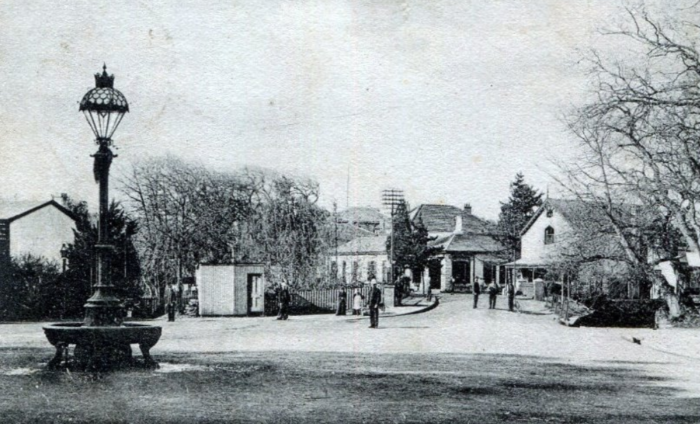The mountainside suburb of Rondebosch has come a long way since its was established and used to grow some of the first experimental crops along the Liesbeek River by the Dutch settlers in 1652.
Nowadays residents would say the suburb is filled with students and offers a bustling atmosphere especially along the Main Road, but it was a vastly different place in its early years.
In 1652 the first permanent title of land in Africa was granted under Jan van Riebeeck, the Dutch commander at the Cape in the Rondebosch area. In these times Rondebosch was referred to as “Het Ronde Doornboschjen” due to a number of thorn tree that grew along the Liesbeek River banks. By the 1670 the rather long name had been contracted on record as “Rondeboschje”.

Although the story of Rondebosch began sometime before, it was only officially recognised as a Cape Town suburb years later in the 1830s and by 1904 a total of 6 035 residents called it home.
A landmark known to many as Rondebosch Fountain used to sit in the middle of the suburb and was mostly an ornamental trough used to hold water for horses to drink. It was truly an interesting piece of work featuring a cast-iron drinking bowl which was supported by legs that were made in the shape of horse legs, topped with an ornate lamp post which was one of South Africa’s first electric street lamps, first lit in 1892.
It was a respected piece of Victorian artistry in its time and was declared a national monument in 1964. The iconic feature which stood at the corner of Belmont and Main road for decades was smashed to pieces in 2015 by a speeding motorist and although many are trying to bring it back to its previous glory, none have been successful yet.

The suburb of Rondebosch also connects with a number of historical establishments surrounding it and it is close to Africa’s oldest university, the University of Cape Town as well as the Rhodes Memorial which has stood fast since 1912.

While much has changed in the suburb over the years it is still home to many beautiful old homes that carry an air of old Victorian charm that was much more popular decades ago.

One thing that has not change is the views of Table Mountain which are breathtaking.
Locals will tell you, you can see a unique side of the mountain not easily seen from many other areas in the Mother City when in Rondebosch.
The suburb is also lucky to have the slopes so nearby to offer shade and a cool breeze allowing the neighbourhood to stay cooler than most in the summertime.

The Liesbeek River has changed significantly over the years with less thorn bushes cover its banks and more houses and apartments going up around it as well as a more sturdy walkway.

While on your way into the peaceful suburb you may come across Mostert’s Mill, built in roughly 1796 on the farm Welgelegen. It is the oldest and only complete windwill in South Africa.

The Mother City may be a place of change and has come far since its first established suburbs but it certainly has not lost its Victorian charm or its historical beauty along the way, the laid-back suburb of Rondebosch is proof of that.
Pictures: Cape Town Down Memory Lane

